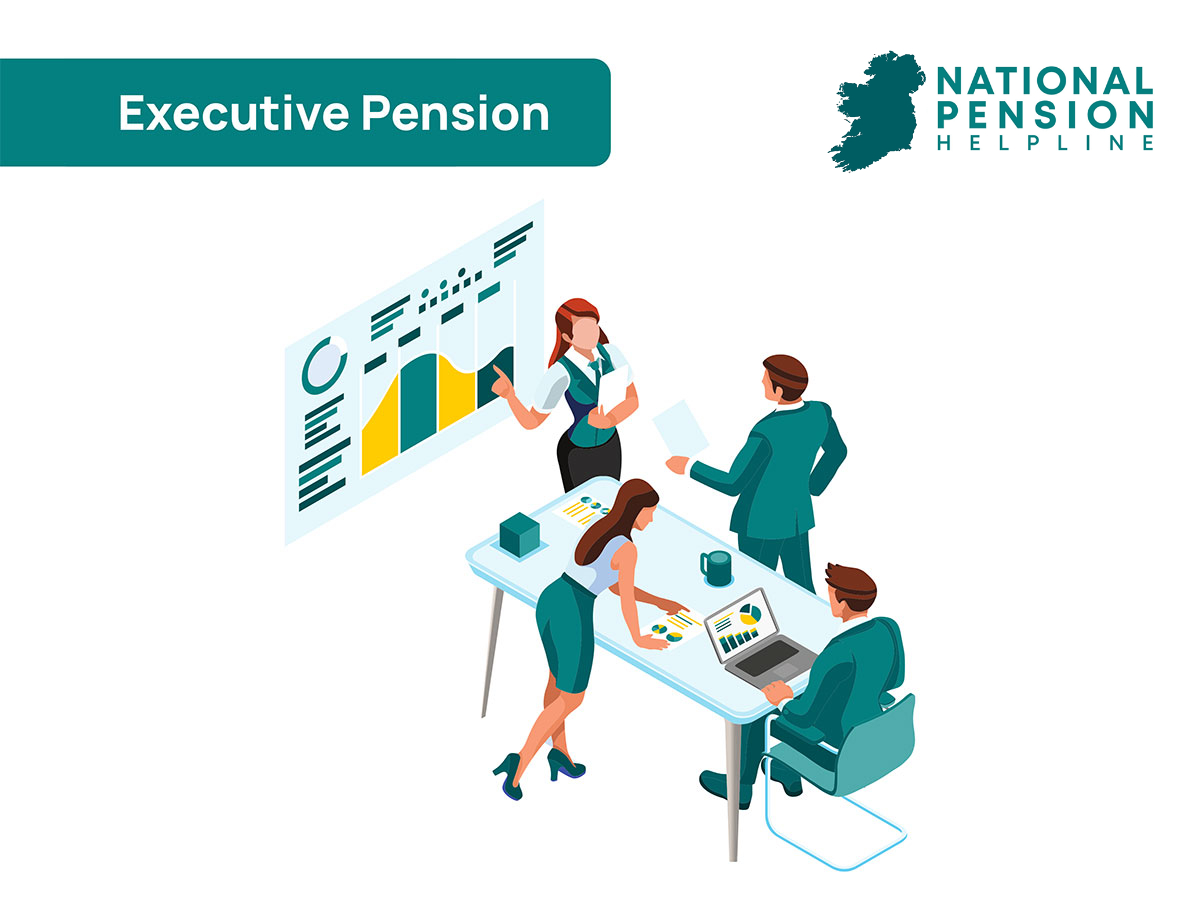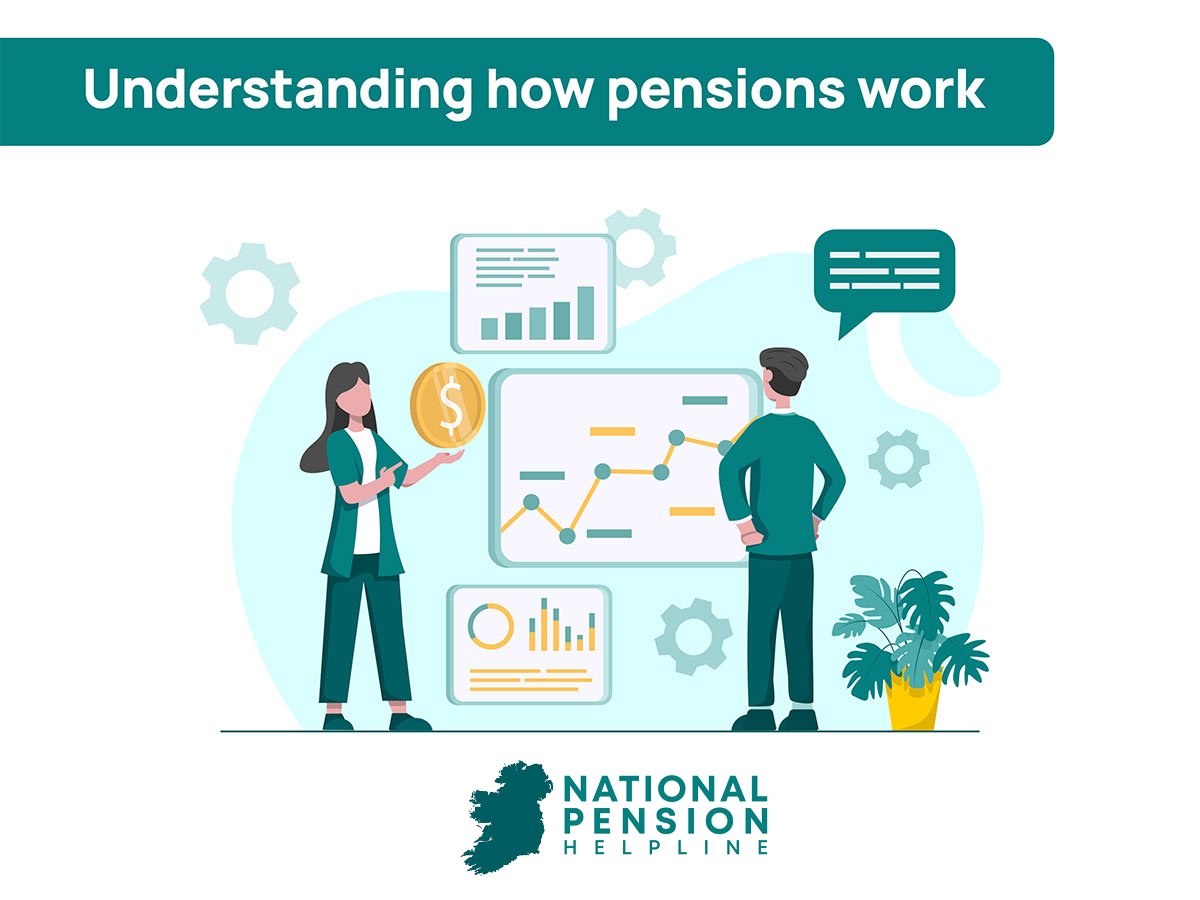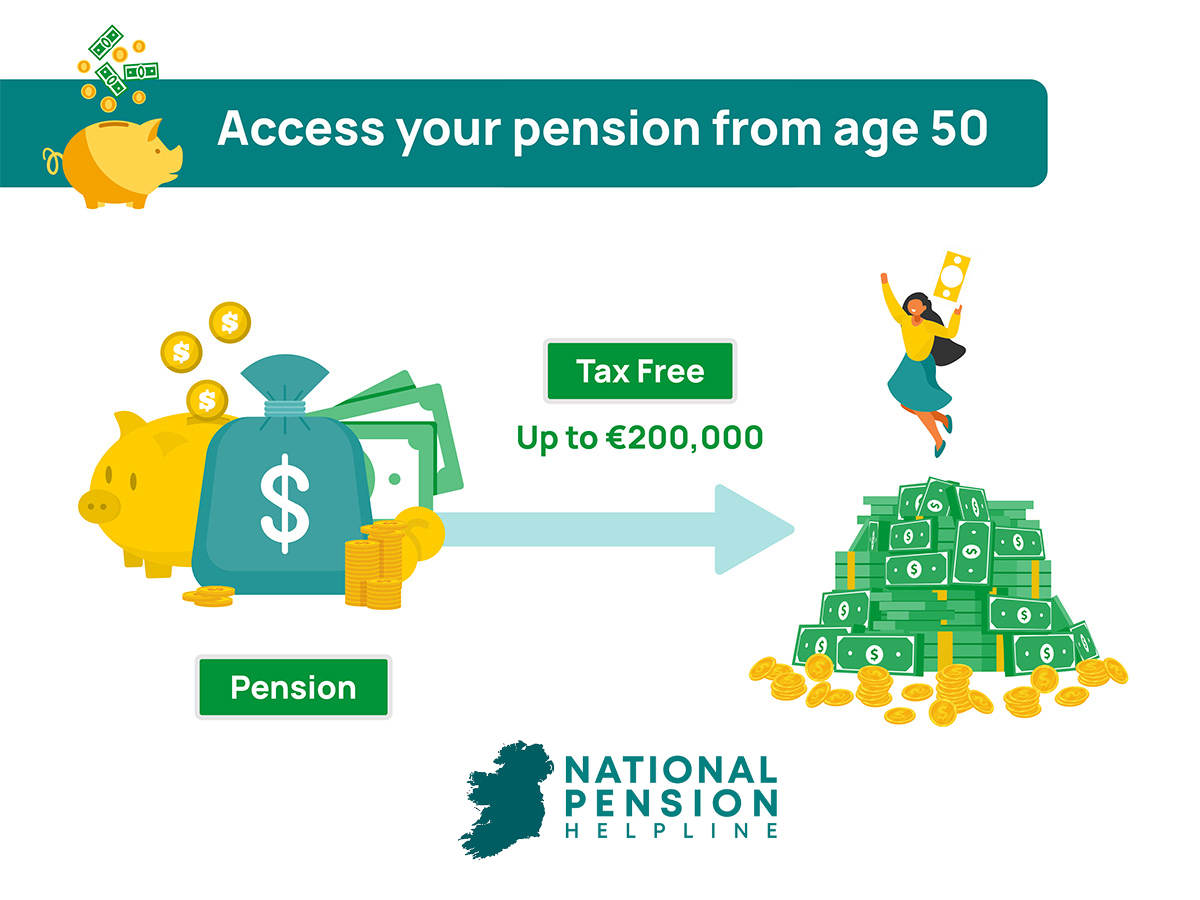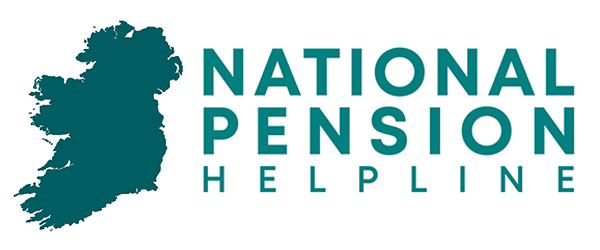What is an executive pension?
Executive Pensions are created by companies to benefit and protect their most senior executives and business owners.
They are set up under a trust and the employer themselves invariably act as the trustees. Just like with wider employee focused pension schemes, the executive and the employer can make contributions to the fund.
It is a very tax efficient way of planning for retirement of executives with particularly attractive options around limits on how much can be saved.

Table of Contents
What are the benefits of an executive pension?
An executive pension has a number of benefits that are over and above those that would be received by being a member of a non-executive pension scheme.
The most significant of these is the opportunity to contribute a higher percentage of your income and receive tax relief on it.
Additionally contributions to an executive scheme can be funded by the company, the company won’t have to pay PRSI on their contributions, the employee has the option to start receiving benefits from the scheme from the age of 50 and the tax-free retirement lump sum is 25% of the pension pot rather than the standard 20% paid out from a non-executive pension scheme.

How does this differ from an employee pension?
The structure of an employee pension scheme is very similar but the benefits of an executive pension are higher. In both cases, the pension schemes are tax efficient and can receive contributions from employers. However, in the executive pension scheme the contributions can be higher and the benefits to the employer and the executive are better.
What age can I access my executive pension?
Can I access my pension at 50?
Yes, members of an executive pension plan can access their pension from the age of 50 if they take early retirement. Other than that scenario, the only time you can access your pension before the normal pension age is if you are unfit to work due to an illness or injury. In this scenario you can access your pension immediately, regardless of age. Normal pension age is usually set between 60 and 70 years of age. During these years you can draw on your pension and remain working at the company if you choose to do so.
How much of my pension can I access early?
If you retire early you can withdraw your pension from the age of 50 onwards. Otherwise it will be at your normal retirement age. At either of these two points, you can choose to withdraw a lump sum of 25%. Alternatively, if you have worked at your company for more than 20 years, you can choose to take 1.5 times your annual salary as a lump sum.
There is a tax threshold applied to this amount that affects the amount of the lump sum which is tax free. You can withdraw a lump sum of a value of €200,000 tax free. After this threshold you will be taxed at 20%. The next threshold at €500,000 will attract the marginal tax rate of 40% plus PRSI and USC.

What happens to the remaining amount in the pension fund once I receive my lump sum?
Once you have withdrawn the lump sum at retirement (or early retirement) you will choose to invest the remaining value in an annuity or an Approved Retirement Fund. An annuity is a pension payment option that pays a fixed amount per month to the recipient through retirement. It is considered a clear and simple way to manage your retirement fund into the future and give you a straightforward monthly payment that you can rely on.
An ARF on the other hand is a post-retirement investment fund that you manage with the assistance of a pension provider to reinvest your pension pot in new opportunities. You can choose the level of risk you want to take on and the type of fund that you want to invest in.
You continue to be free to withdraw from your fund regularly to fund your retirement. If you are unsure of which option would suit you then speak to an expert pension advisor who will be able to help you choose to suit your specific situation.
Who owns an Executive pension?
Who are the trustees of an Executive pension?
An executive pension is set up by a company with the management of a financial institution. The company set it up as a trust and appoint trustees to manage the fund. This is a legal arrangement under which the trustees hold the assets of the pension scheme. It is not owned by the company. This protects the members of the scheme should the company close. However, the employer in many cases will act as trustee. The board of trustees main function is to manage the fund to the benefit of the company and the fund’s members and ensure that the rules of the fund are followed explicitly.
Can an employer own a pension scheme?
No, an employer must set up a board of trustees to hold the assets of the pension scheme and manage them. The company and the pension scheme must be legally separate.
Self-administered Pension scheme or Executive pension?
Does a Small Self-Administered Scheme have any benefit over an executive pension?
The benefits of a self-administered pension scheme over an executive scheme are generally around control and flexibility. Small companies often prefer a small self-administered pension scheme as they can have more control over the types of investments that are made, such as in property, funds or shares as well as controlling how much members contribute.
Speak with a trusted advisor to learn more.
If you are interested in exploring the benefits of an executive pension further then get in touch with an expert pension advisor who can help you understand your options and make the best next steps in providing for your company and its executives and other employees.



